What is henna?
Henna is a flowering plant that has been used since the Middle Ages to dye the skin, hairand light brown nails due to its active ingredient naphtha-quinone.
Henna is used to celebrate various occasions, such as weddings in Hindu and Middle Eastern cultures in India, Pakistan, Sudan, Libya, and many other countries.
Painted temporary tattoos do not include needles and generally fade after 3 weeks.
What is a black henna tattoo?
To make temporary henna tattoos more like a real tattoo, para-phenylenediamine (PPD) is added to make “black henna”.
The procedure is also called a pseudo-tattoo.
Red and Black Temporary Henna Tattoos
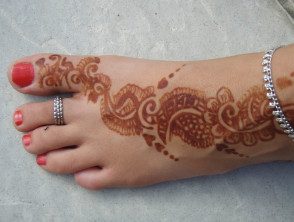
Red Henna Temporary Tattoo
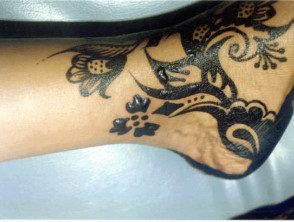
Black Henna Temporary Tattoo
What is a black henna tattoo reaction?
The black henna tattoo reaction is a form of allergic contact dermatitis to PPD.
Natural pure henna does not cause allergic reactions. Neither do other possible additives such as vinegar, olive oil, charcoal and cloves.
Who gets a black henna tattoo reaction and why?
Henna tattoo reactions are reported to primarily affect tourists visiting the Middle East or Southeast Asia, especially Bali, Morocco, Turkey, and Egypt. Now there are also reports of tattoos applied in Europe and the United States. Temporary paint 'tattoos' have generally been applied by transient street artists.
Both children and adults can be affected.
Slow acetylators are more likely to develop allergy that fast acetylators
The concentration of PPD in black henna has been found to exceed regulated levels in most countries. Kerosene or gasoline is also often added to improve color absorption. This appears to increase the risk of sensitization and it can cause irritating reactions
PPD is also present in hair dyes and dark clothing dyes and is used in the rubber industry. Sensitization can develop with exposure to any of these and once it has occurred, reactions may appear with other sources, including chemicals with a similar structure, such as azo dyes, parabens, paraaminobenzoic acid, and para compounds. Cases have been reported where initial sensitization occurred with a hair dye and then a rapid and severe reaction to the painted tattoo developed. Others have been sensitized by tattooing and then reacted to hair dyes, clothing dyes, and a marker pen. PPD poisoning has been reported to rarely produce systemic adverse effects including acute renal failure, rhabdomyolysis and multiple organic failure.
What are the clinical features of a black henna tattoo reaction?
The contact allergic reaction it usually appears in the tattoo pattern 7–14 days after the first exposure. In someone who is already sensitized to PPD due to previous exposure to the chemical, the reaction develops within 48 hours.
- Black henna dermatitis usually presents as acute eczematous reaction with erythema, severe itching and a burning sensation, edema, vesicles and oozing.
- the morphology can also be lichenoid (scaly), pustular or blisters
- the eruption It can be generalized, extending far beyond the initial tattoo pattern.
- Urticaria, angioedema and anaphylaxis It can happen rarely.
- A skin rash with erythema multiforme has been reported. located hypertrichosis.
The reaction resolves slowly but may leave increased pigmentation or a white outline of the original tattoo. Keloid scars have been reported.
Black Henna Tattoo Reactions
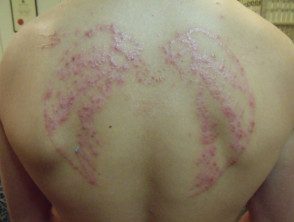
Dermatitis
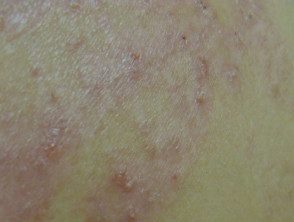
Pustular reaction

White label 2 weeks later
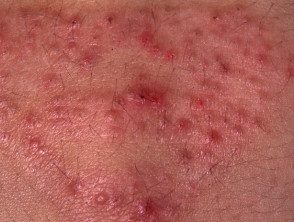
Dermatitis

Papular reaction
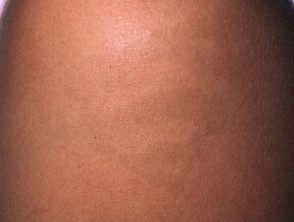
Pigmentation 2 weeks later
How is a black henna tattoo reaction diagnosed?
Diagnosis of black henna tattoo reaction is usually made based on history and clinical appearance.
- Patch Testing can be done with PPD to confirm allergen.
- Swabs for bacteriology taken from pustules Staph can grow. aureus though biopsies don't show the bacteria.
Henna reaction (above) was followed by allergy to hair dye
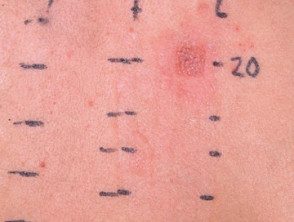
PPD positive patch test
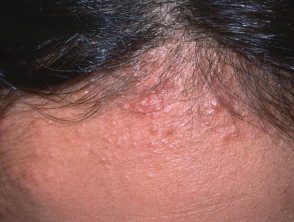
Hair dye reaction
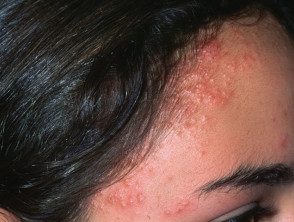
Hair dye reaction
What is the treatment for a black henna tattoo reaction?
Treatment generally involves the use of current corticosteroids
- Oral corticosteroids are sometimes required to generalized eruption.
-
Antibiotics may be prescribed for the pustular form, although the pustules may be sterile and continue to spread despite the antibiotic.
-
Antihistamines may be prescribed to reduce itching, especially in the presence of hives.
Avoid black henna tattoo reaction
Minimize the risk of subsequent exposure to other sources of PPD (particularly permanent hair dye) and chemically related compounds once sensitization has occurred.
We recommend avoiding exposure to black painted temporary henna tattoos, due to the high risk of sensitization.

